In the Middle Ages, making a livelihood was difficult, so in addition to farming, people needed extra food and income to survive in the Arctic. Every community was allowed to hunt and roam anywhere according to unwritten everyman’s rights. These hunting grounds were located many miles apart and were called erä, a Finnish word referring to the wild outdoors. Young people learned how to survive the Nordic cold and dark and fight against natural dangers through everyday routines. Old traditions and practical skills were passed on from older members of the community to the new generation by sharing though storytelling and learning by doing.
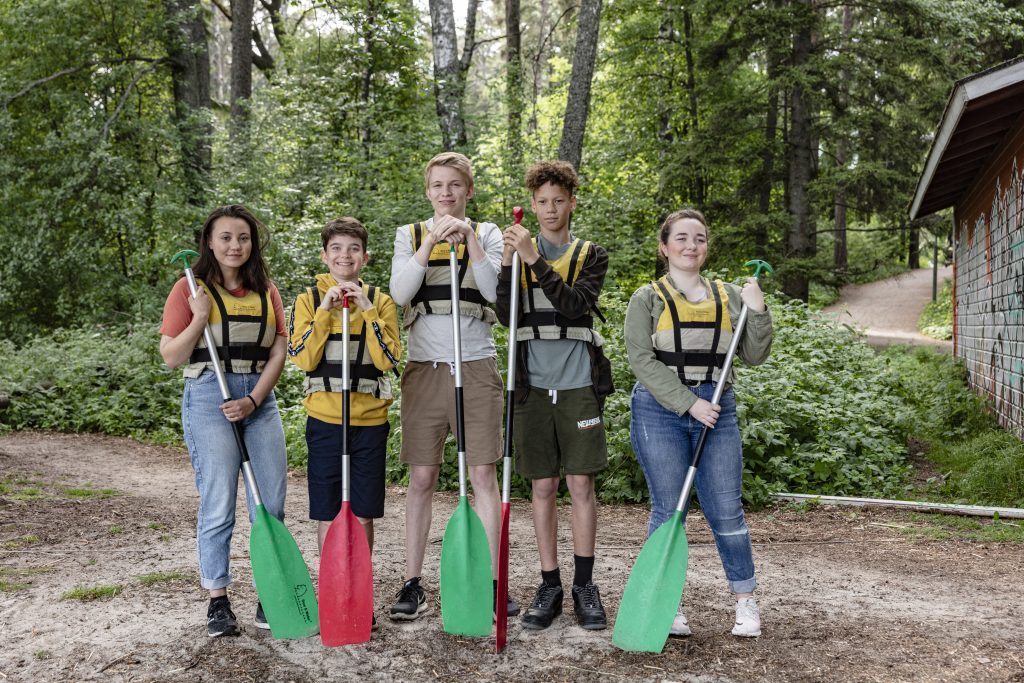
Today, Finns still have a close relationship with nature, which is a more immaterial good than in traditional erä. According to everyman’s rights, everyone is allowed to walk, roam, picnic, canoe and relax in forests, lakes and rivers regardless of who owns or occupies the area. You do not need permission from a landowner, and there is no fee. However, you must not damage the environment by hunting or logging or disturb others while exercising everyman’s rights. These rights are granted, guided and restricted by various laws. See https://www.ymparisto.fi/en-us/nature/everymans_rights for more information.
Another tradition which has influenced adventure and outdoor education in Finland lies in the ethos of national romantic pedagogy. The educated classes pushed Finnish nature, wilderness living and woodcraft to strengthen national identity in the 19th and 20th centuries. There were paintings and writings on and stories told about Finland’s unique nature and inhabitants for creating a feeling of connection amongst the young to the fatherland. The rising field of youth work had a similar purpose, but this used more concrete means such as going to the outdoors to develop character and loyalty in young people. The temperance movement, religious youth movements and the Finnish Youth Association movement included outdoor excursions in their programmes. The aim of these excursions was to get youngsters acquainted with their home region, the deeds of their ancestors and God.
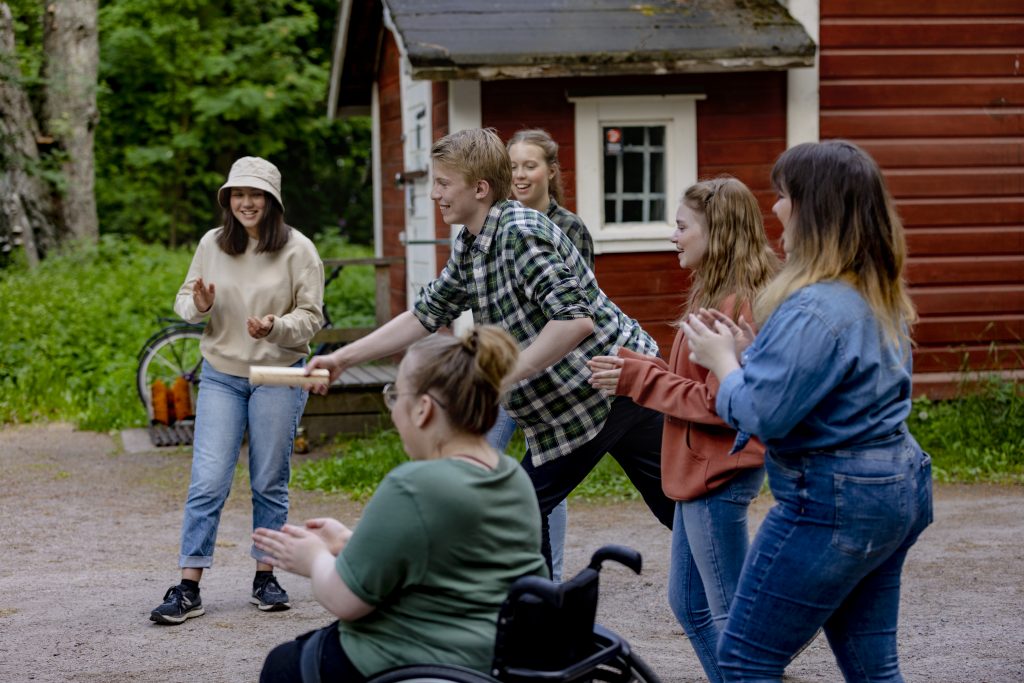
Moreover, the Anglo-American Scout movement imported adventurous and nature-oriented youth work to Finland in the early 20th century. Robert Baden-Powell created an educational method of youth work where pioneer settlers, explorers and farmers were established as role models, and the programme activities were chosen accordingly: playing, games and outdoor activities. In Finland, the original idea of scouting was mixed with the traditions of hunting and fishing as well as national romantic pedagogy.
During the interwar period (1918–1939), many youth work organisations, including youth associations of the labour movement, included outdoor activities for adventurous young people in their programmes. Playing, games, excursions and camping were added to their ideologically focused programmes.
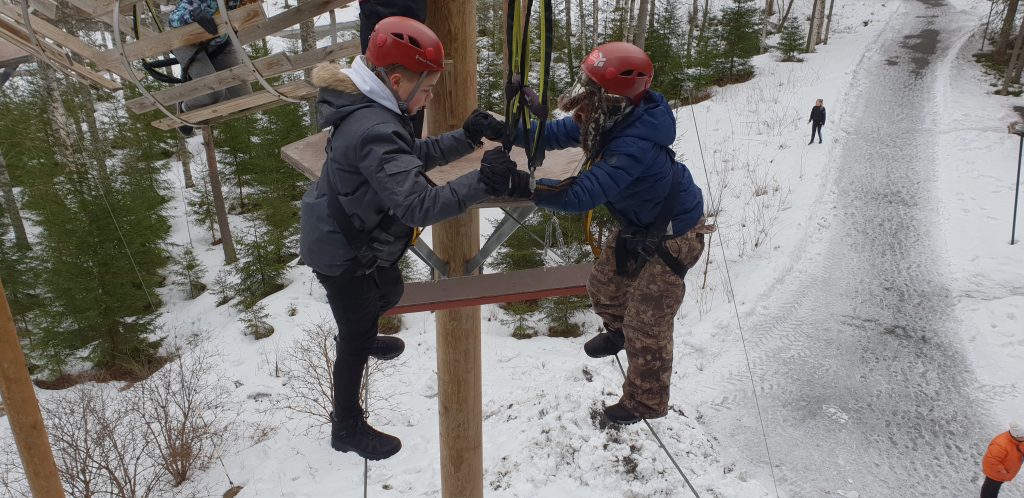
At the end of the Second World War and shortly thereafter, adventurous hiking excursions became a popular method of youth work, emphasising a character-building quality. Youth workers depicted camps as mini societies – roaming the wilderness and being responsible for daily tasks with rudimentary equipment forced young people to cooperate and rely on each other. These personal qualities were needed during the post-war reconstruction era. Besides non-governmental youth organisations, municipal youth work was launched to reach out to less organised young people. They also added outdoor activities to their programmes, as these were seen to be a relevant way to educate proper citizens.
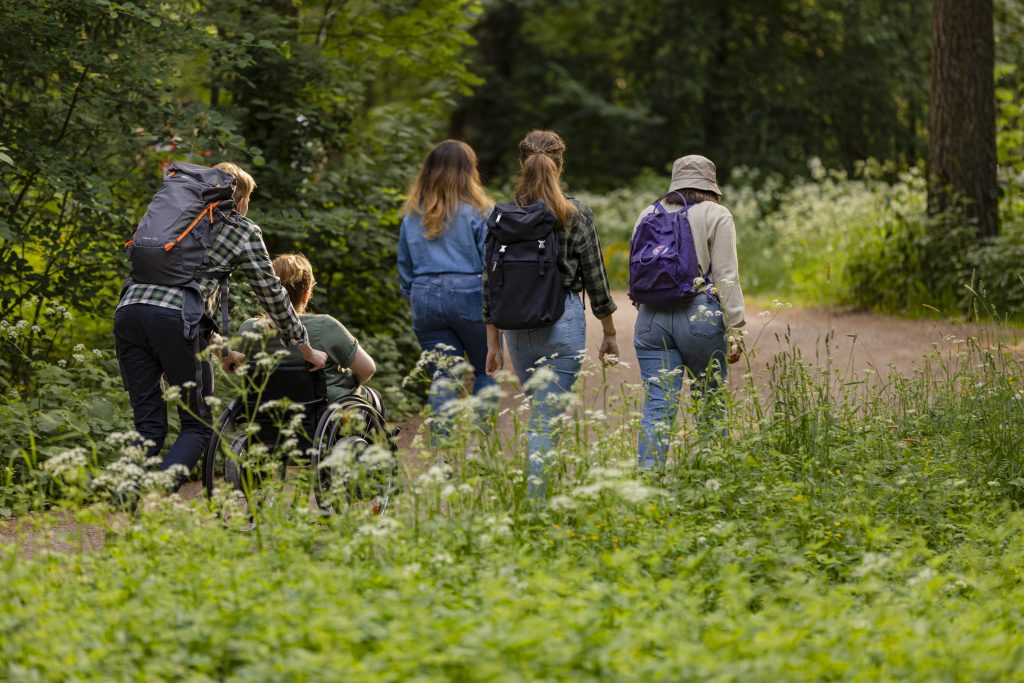
By the 1980s, there was an obvious need to reform adventurous youth work. Interestingly, the reappraisal of outdoor activities was not based on the old erä tradition or the century-old pioneering activities of civic movements and youth organisations. Modern adventure education was imported from abroad in the form of theoretical and methodological trends of continental Erlebnispädagogik and Anglo-American outdoor education and adventure education.
However, the real adventure pedagogy boom took place in the 1990s when Finland faced a serious economic recession. There were serious austerities in resources for youth work, and its functions were reassessed. Finding solutions to young people’s social problems was emphasised rather than preventive youth work, and adventure education was seen as a new and valuable method for working with young people who were at risk of being marginalised. In addition, adventure education became a field of cooperation between youth work, social work and schools. This new adventure education offered a more target-oriented and professional operational model than previous voluntary outdoor activities
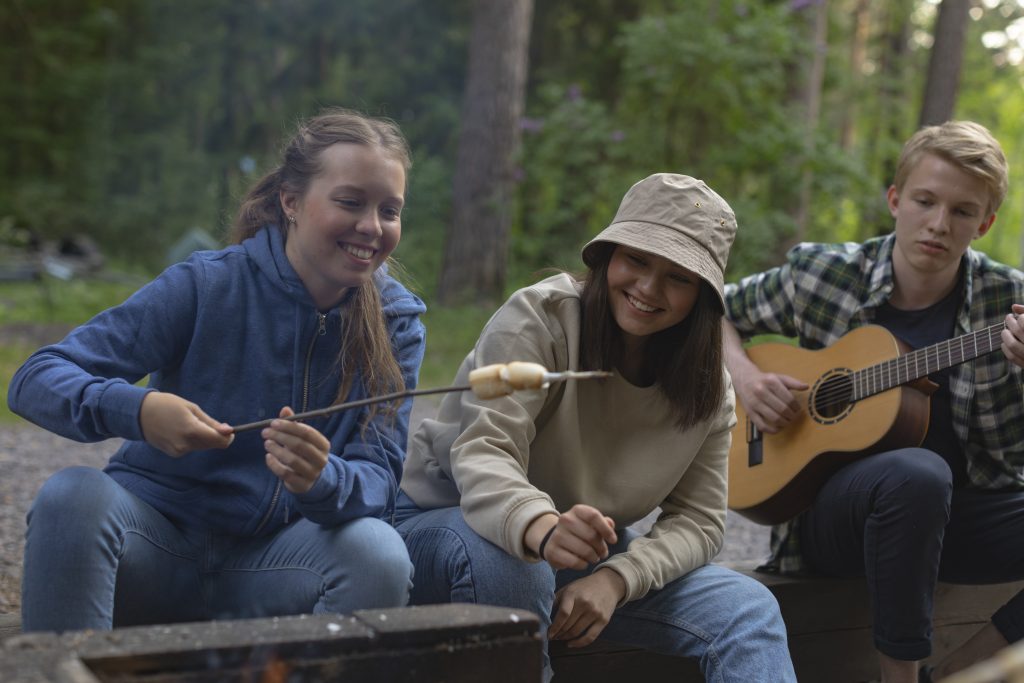
Today, there is an increasing interest amongst the adventure and education community to focus more on building a more sustainable relationship with nature, eco-friendly lifestyles and participatory adventure education that inspires young people to work together for the benefit of the environment.
Background of outdoor and adventure education in Finland
You can read more about the background of outdoor and adventure education in Finland in articles by Seppo Karppinen (2020, 28–33) and Juha Nieminen (2020, 36–40) in Seppo J. A. Karppinen, Maarit Marttila & Anita Saaranen-Kauppinen (eds.): Seikkailukasvatusta Suomessa – pedagogisia ja didaktisia näkökulmia; Outdoor Adventure Education in Finland – pedagogical and didactic perspectives, https://www.humak.fi/julkaisut/seikkailukasvatusta-suomessa/
